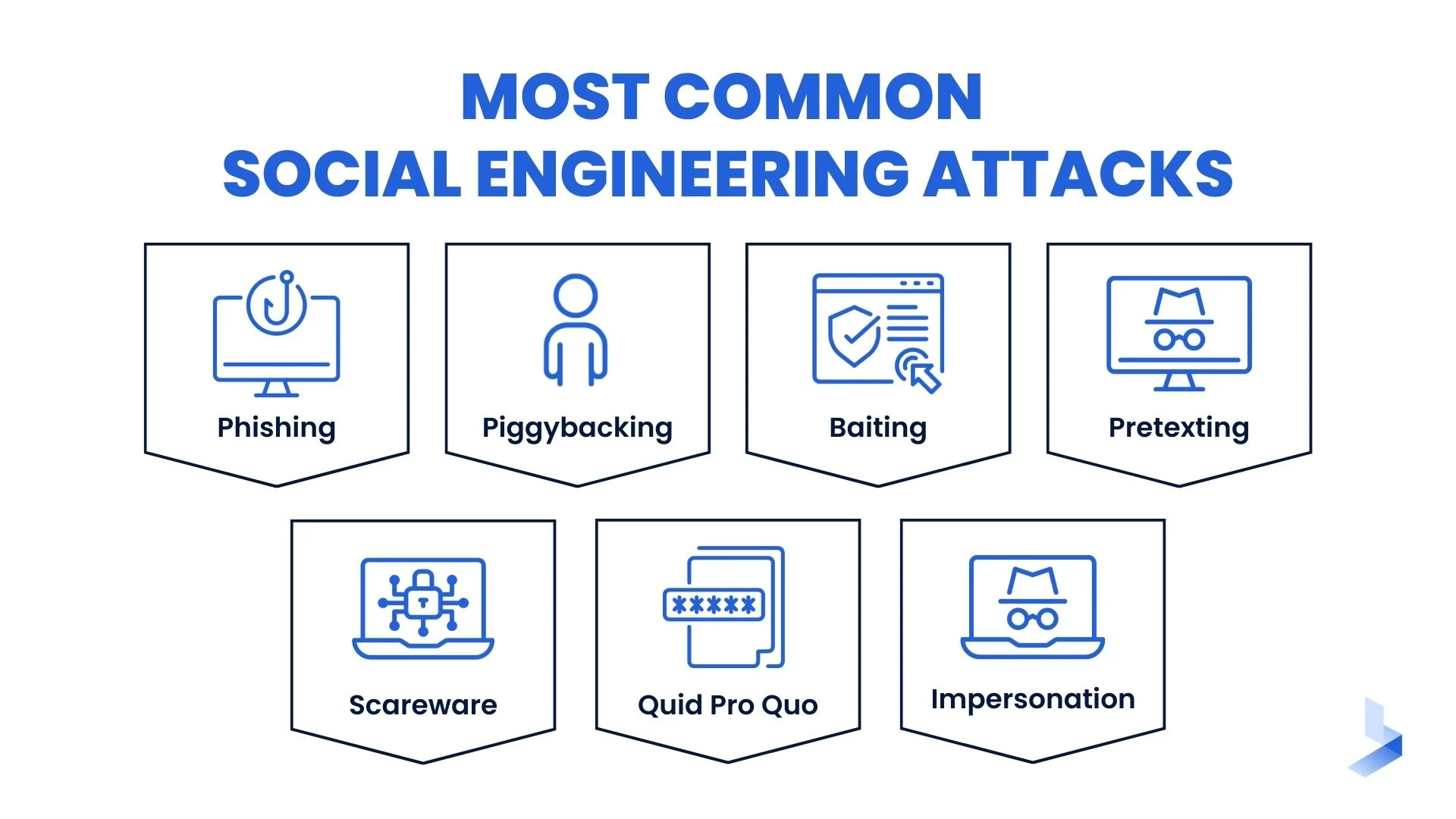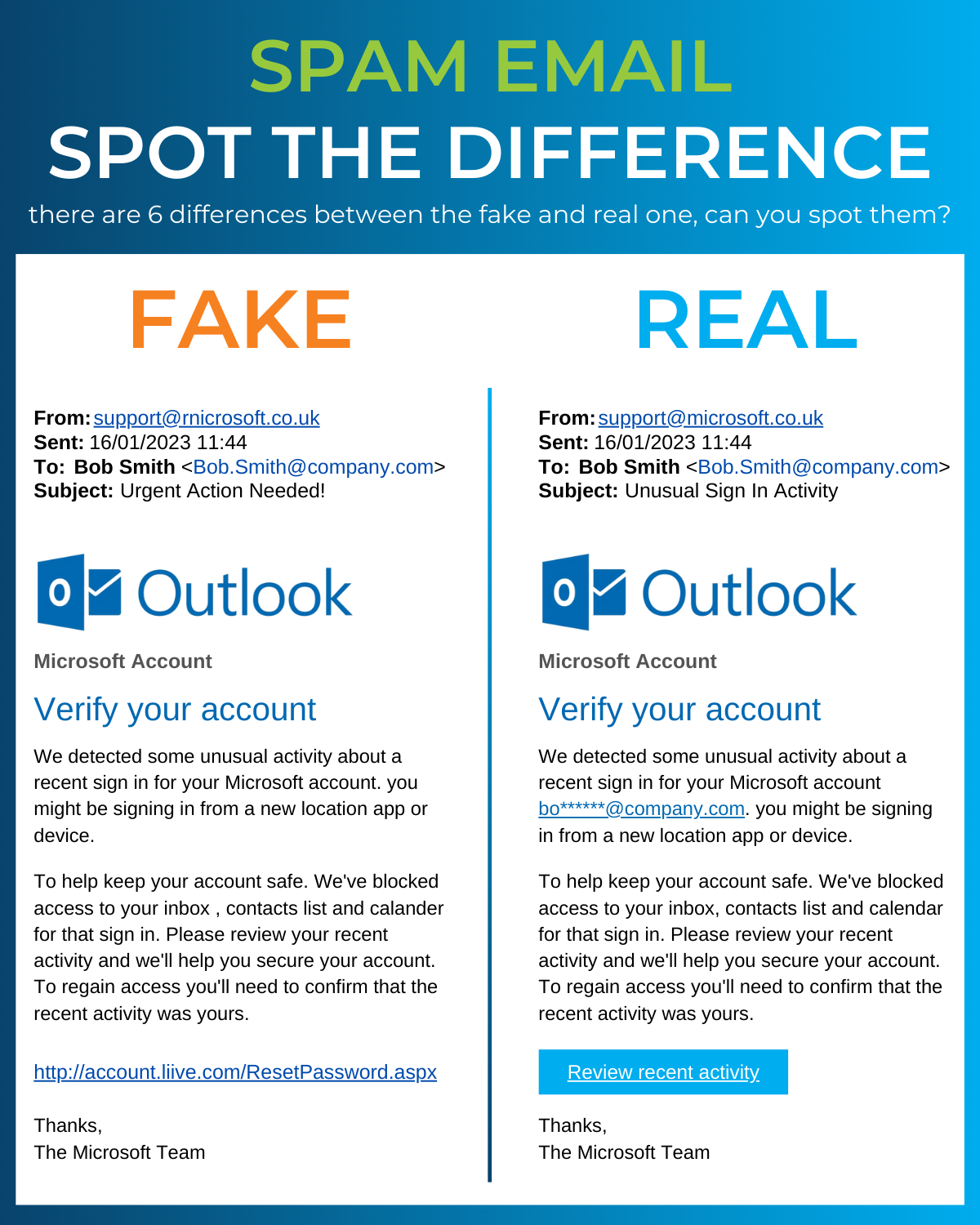General

Common Social Engineering Scam Tactics
Social engineering scams exploit human psychology to trick individuals into giving away confidential information. Common tactics include:
- Impersonation of trusted entities.
- Creating a sense of urgency.
- Offering something too good to be true.
- Eliciting sympathy or fear.

